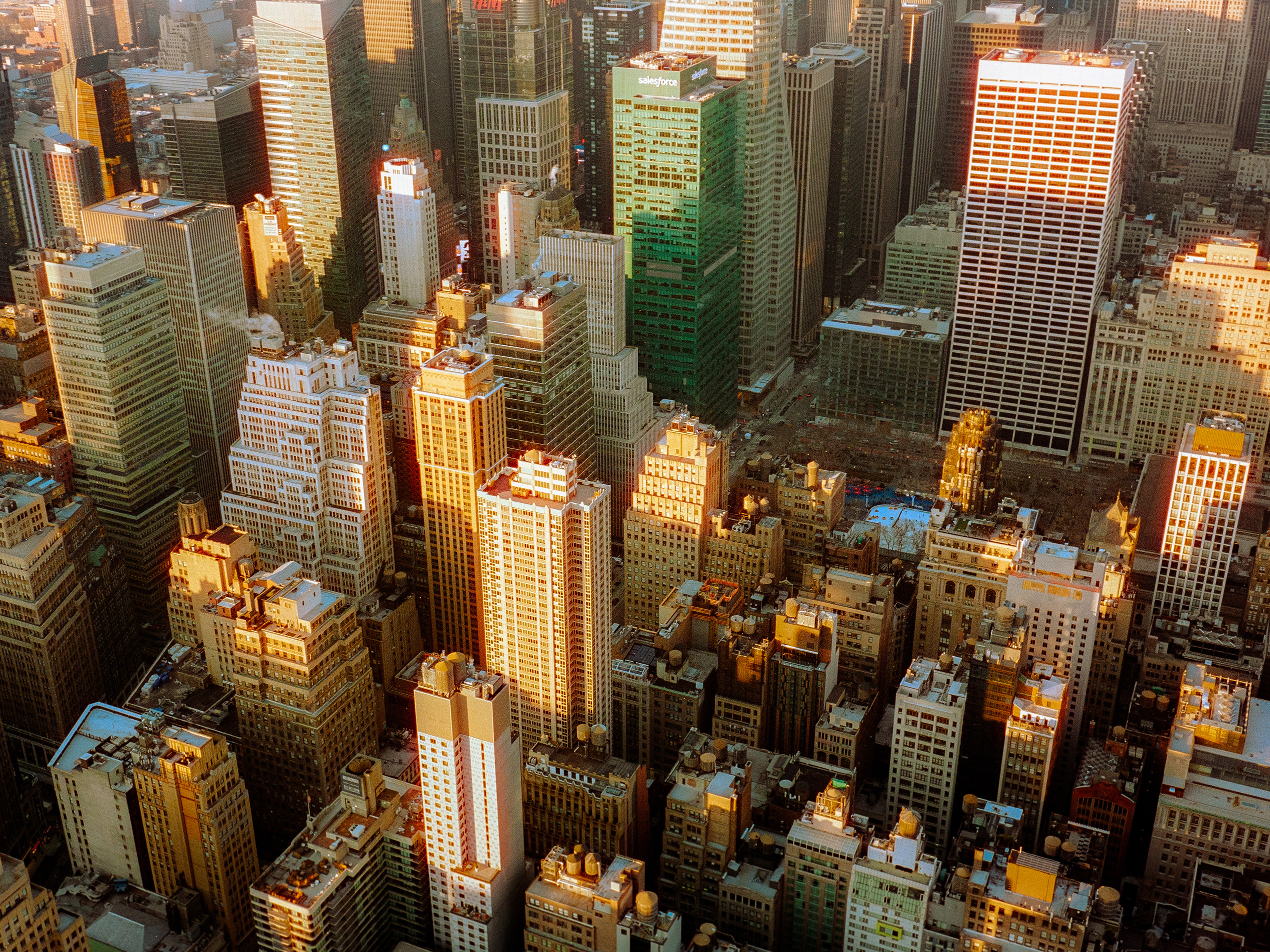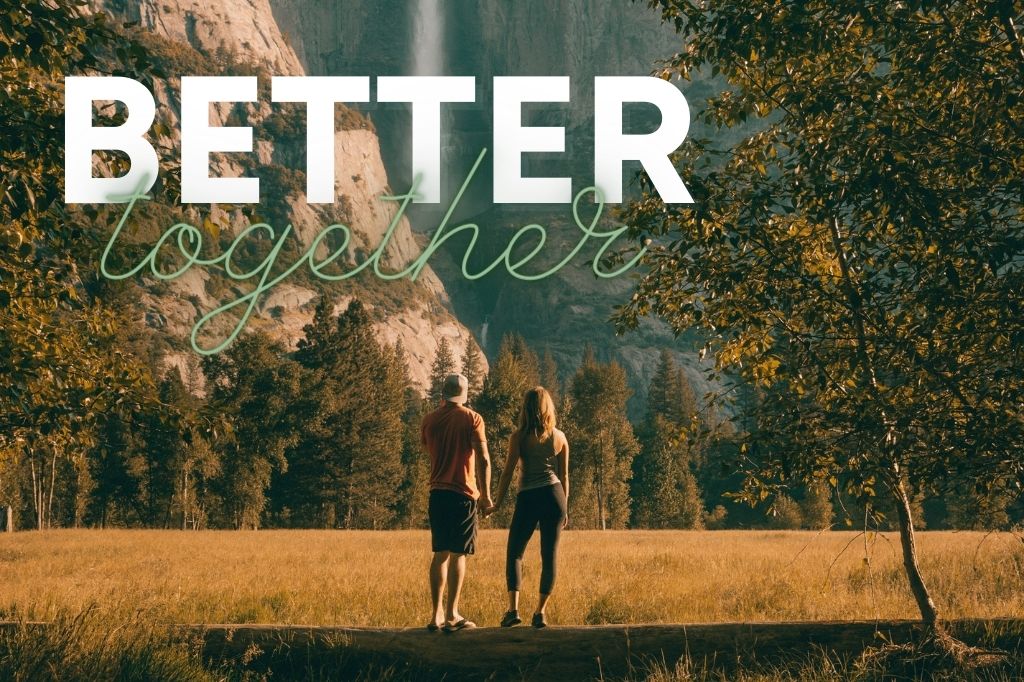In an age dominated by digital technology and instant imagery, there exists a breed of artists who continue to embrace the authentic, time-honored craft of film photography. Among these artists stands Arthur Vernydub, a talented outdoor, street, and travel photographer, who with each photograph, weaves a narrative, inviting us to explore the beauty of everyday life. Join us as we unveil the story behind the lens, the emotions behind the frame, and the artistry behind every roll of film in Arthur Vernydub‘s arsenal.
Please tell us a little about yourself
My name is Arthur Vernydub and I’m a film photographer from Vienna, Austria. Currently, I’m finishing up my bachelor’s degree in Engineering Physics and am working in IT. Photography has always been my creative outlet, a place to express and explore. My camera is always with me, whether I’m traveling, doing stuff with my family, or just going for a walk.
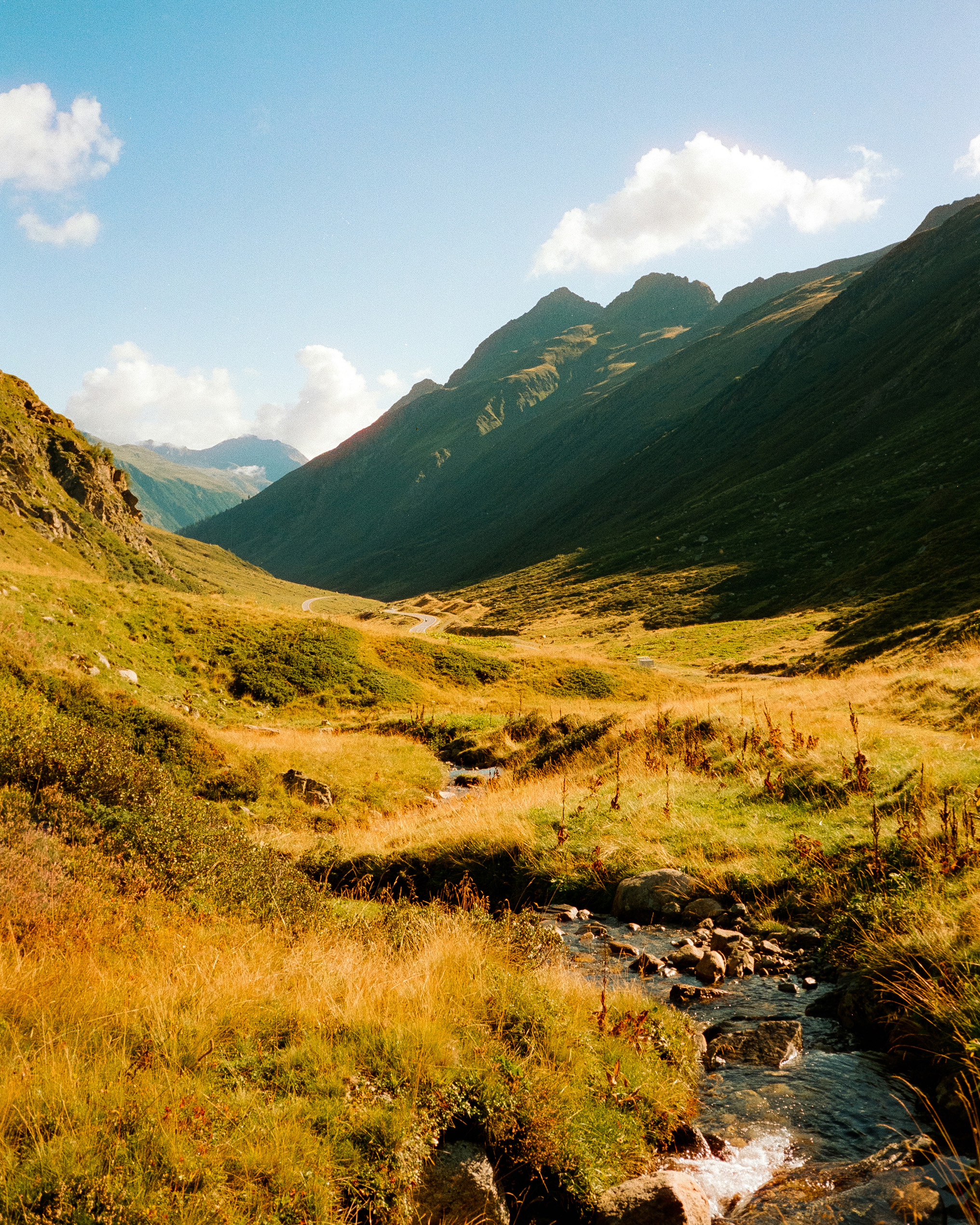
Can you tell us about your journey into film photography and what inspired you to choose this medium?
My journey began when the YouTube film community started to emerge around 2019. YouTubers like Willem Verbeeck, Matt Day, Negative Feedback, and others appeared on my recommendation list. This niche sparked my interest. The slow-paced, laid-back style of these photography videos with the “lo-fi-good-vibes“ background music certainly felt like a breath of fresh air among other photography-oriented videos.
What types of film cameras do you prefer to use, and why?
I try to keep things simple – I only own one camera body and one lens. My workhorse: Leica CL with a Voigtländer 35mm f2.5 pancake lens. I love how small and light this rangefinder camera is. It literally fits in a coat pocket. I don’t like using camera bags, so portability is essential. I’ve tried shooting medium format, but the images are too “smooth” for my liking, and the cameras are very clunky. I also own a Polaroid Impulse AF, which is fun to use on special occasion trips.
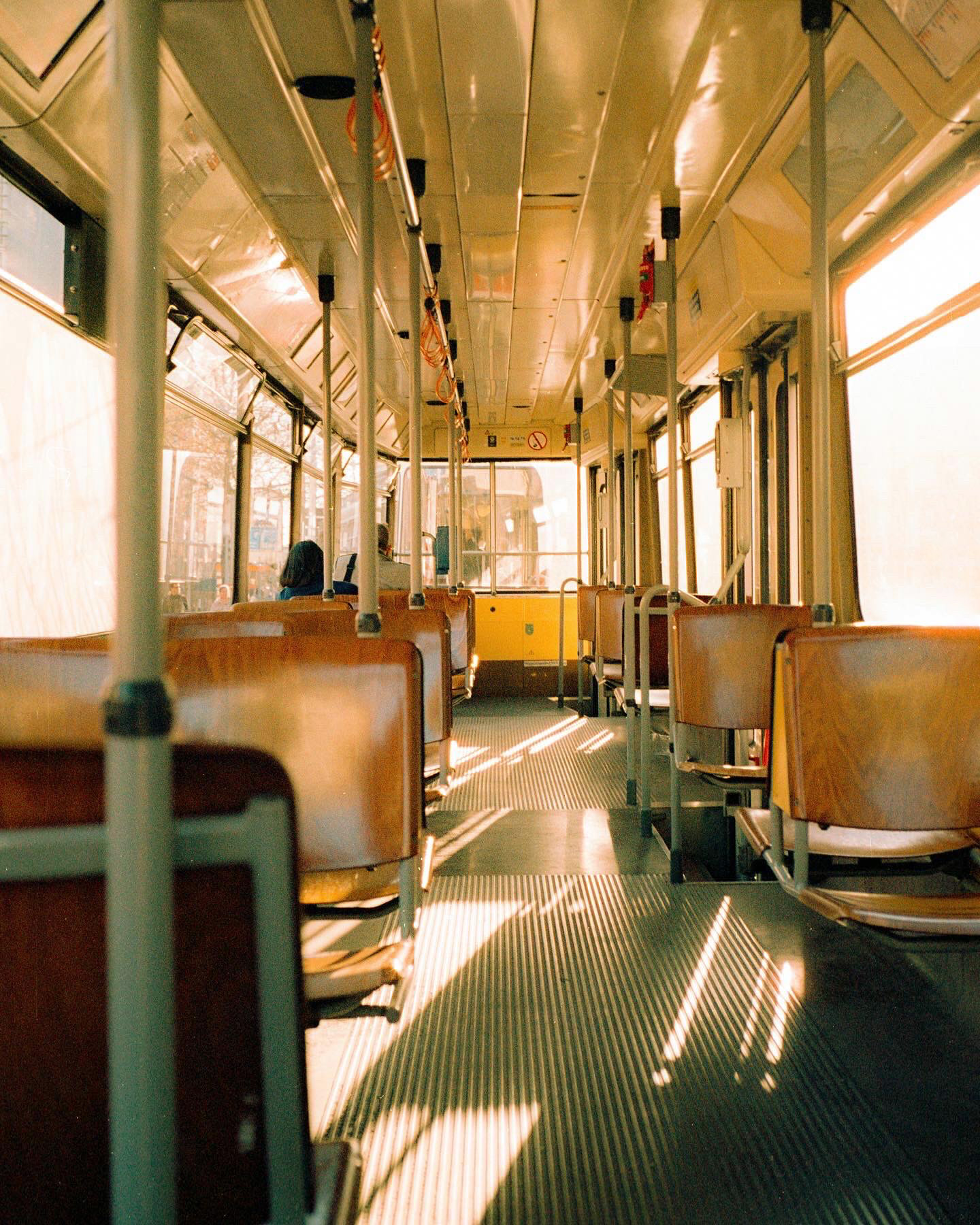
What types of subjects do you enjoy shooting and why?
Three things make a great scene for me: light, colours, and composition. I enjoy landscape photography the most. It’s where you can control all of these settings: you can choose the right time of day and do some location scouting beforehand. It’s a relaxing experience overall.
How do you approach choosing the right film stock for a particular project or subject?
I have lots of expired film in my fridge, mostly Kodak Farbwelt 200 (a German version of Gold), that I bought a long time ago. If it’s a regular photo walk, I grab one of those. If it’s something more special, I like using Cinestill 800T or 50D. It has a very unique look that matches my style of photography. Lomo 800 from Lomography is also one of my favourites.
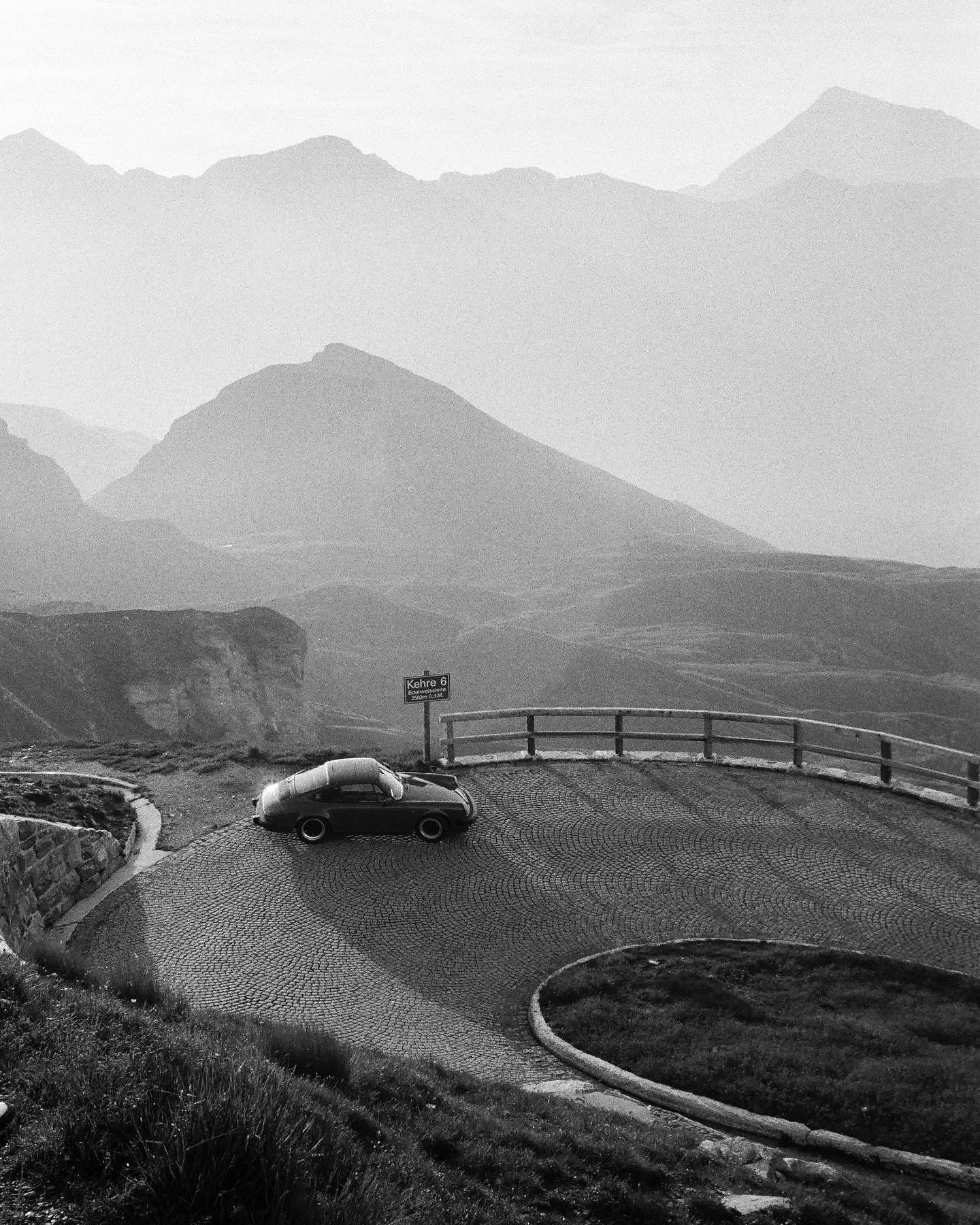
What do you find to be the most significant advantages of shooting on film over digital?
The biggest advantages of film are the colours you get as a starting point of your editing workflow and the unparalleled dynamic range.
The coolest thing about film is that as technology improves and you store your negatives properly, you could get a better DSLR scan in a few years from now from the same negative.
How do you handle the constraints of shooting on film, such as limited exposure and the inability to review images immediately?
When I was starting out, getting all the shots I wanted on one roll was definitely a big challenge. Over time, this problem disappeared, and I even noticed that I shoot less and less rolls each year, yet the ratio of good photos per roll increased drastically. When I returned from a 5-day trip to Iceland, I returned with only three rolls.
That might sound not like much, but from those 108 exposures, half of them I consider post-worthy, and about 10 are print-worthy. I feel like after a certain point you start filtering out bad photos before you even take them. You learn what works and what doesn’t. And sometimes you miss out on some amazing shots, but you have to be okay with that.
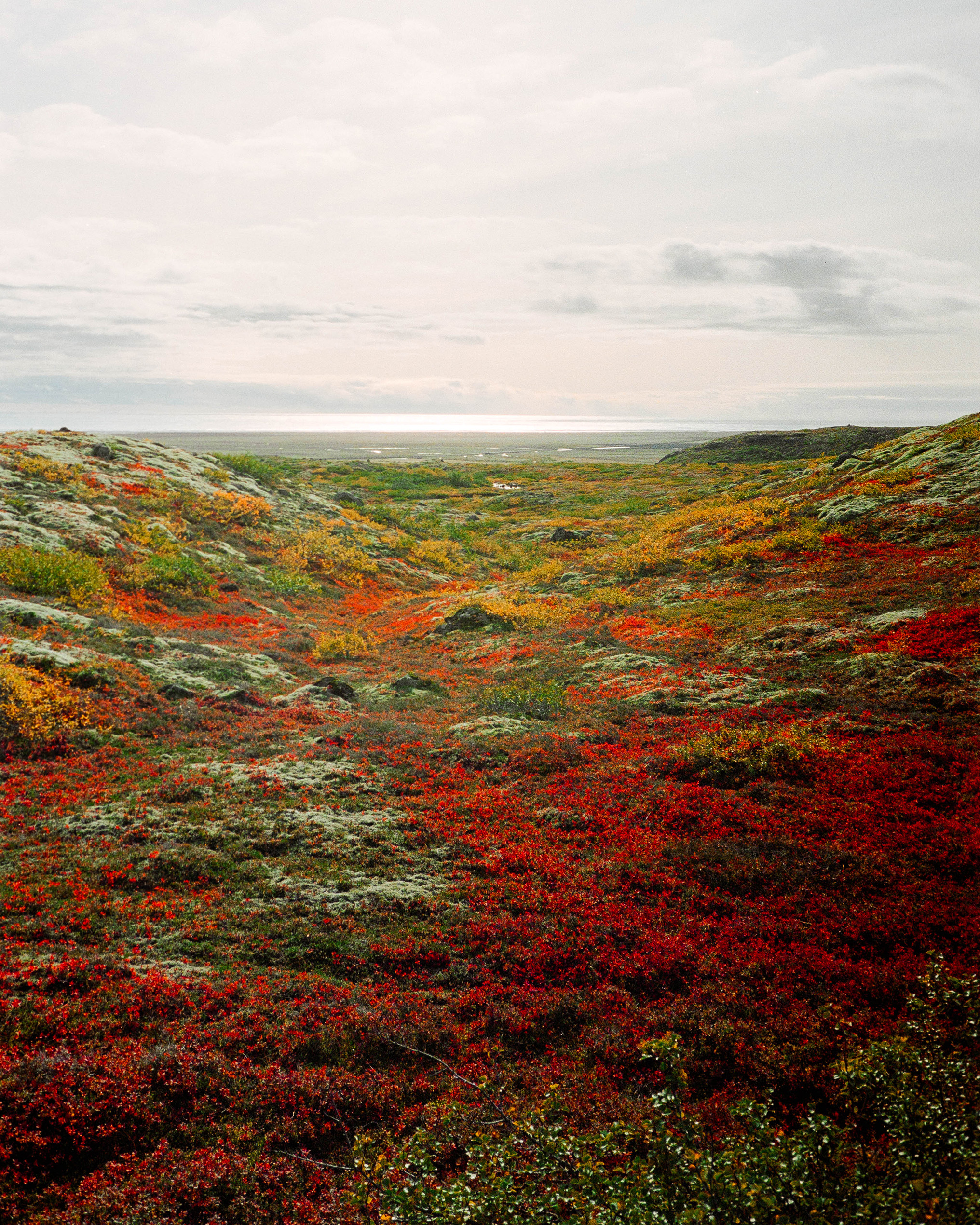
What is your favorite part of the film photography process, and why?
Scanning (and editing) is my favorite part. It’s always thrilling to see how your negatives turned out. Lots of novice film photographers tend to rush through the process of scanning negatives or outsource it completely to a lab. In my opinion, learning how to scan and edit your photos is crucial to developing your style. If you let a lab do this work for you, you’re giving them full control over your colours.
How do you handle low-light situations, fast-moving subjects, or other challenging conditions while shooting with film?
You just have to trust the settings. There’s always room for error, but using the right settings for each situation is a solid foundation.
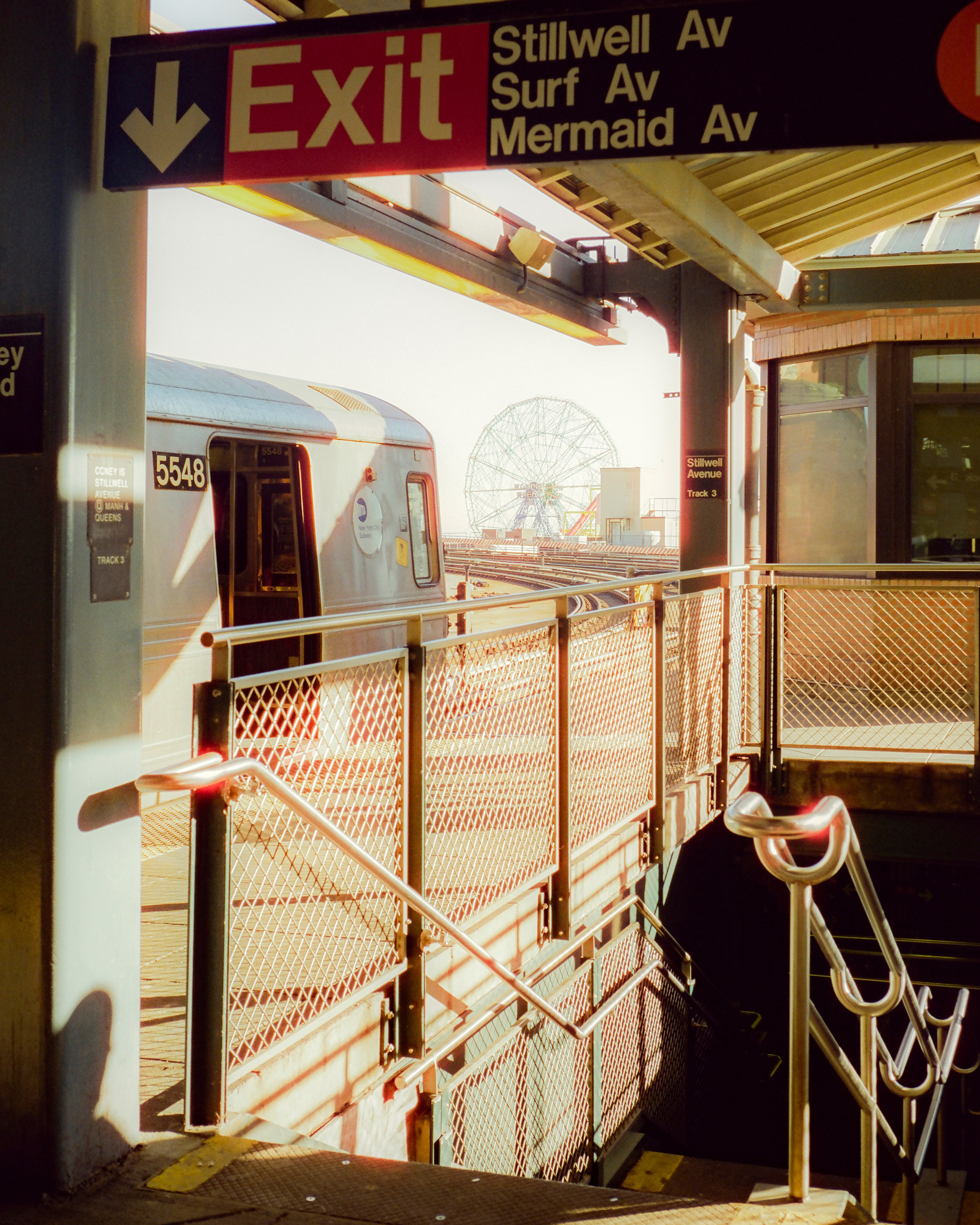
Do you have any favorite film photographers or visual artists who inspire your work?
My inspiration comes from landscape paintings, specifically from a style of the 1850s to 1870s called Luminism. It emphasises tranquility and demonstrates the artist’s control of structure, tone, and light. I highly encourage anyone interested in paintings to check out some works from Sanford Gifford and John Frederick Kensett.
Tell us about a project or a specific photograph you’re particularly proud of and the story behind it.
This summer, I released my debut photo book called “Sleepwalking New York” which was in the works for over a year and is a result of two short trips to NYC, first one in 2022 and a year later in 2023. This project comprised 64 photographs of beautifully lit scenes around New York City during the golden hour and at dusk, all shot on CineStill 800T and 50D. This book searches for serenity in one of the busiest, most chaotic cities in the world and sets the reader out on a journey to explore New York in a dreamy, unfamiliar state.
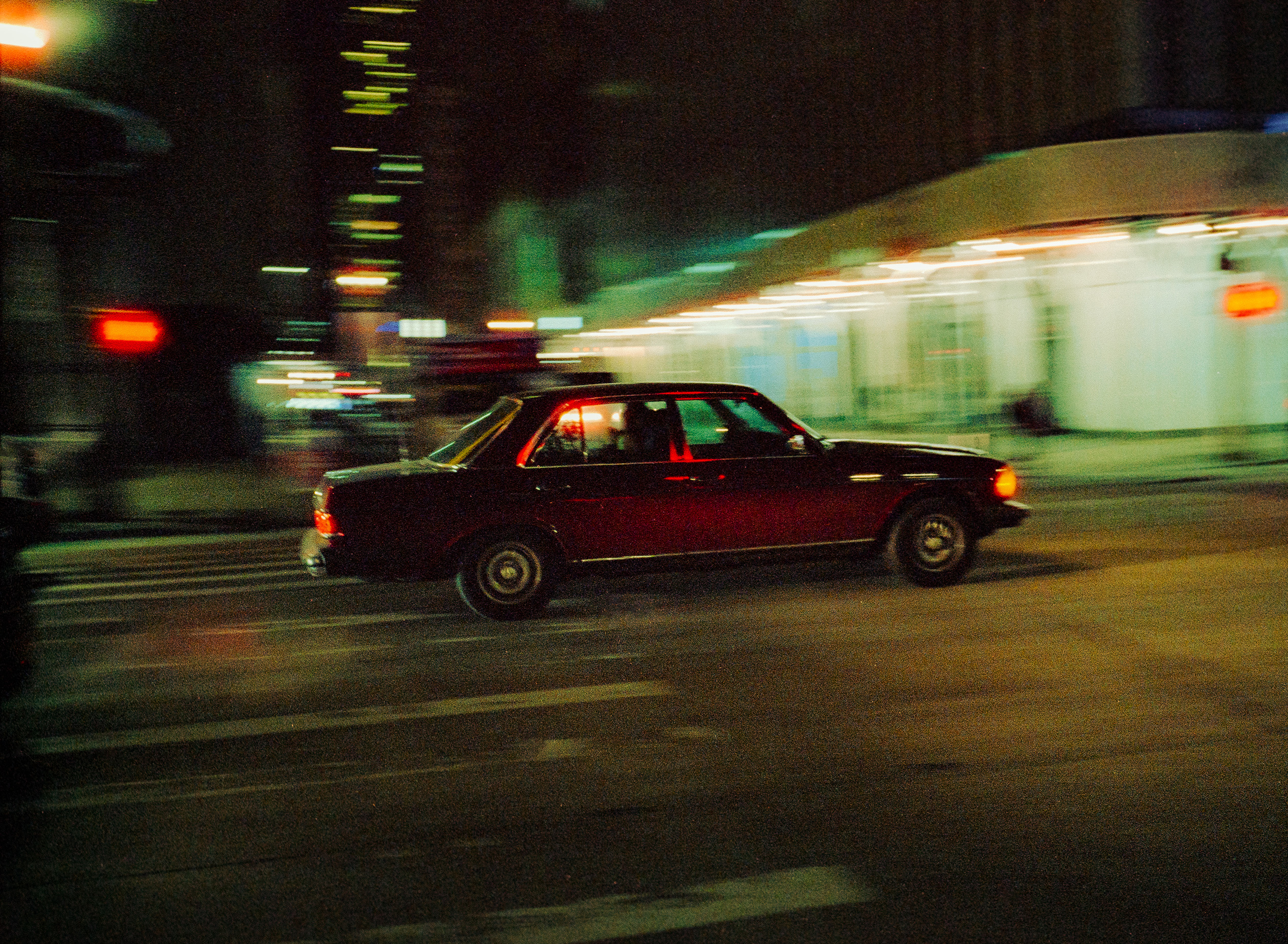
Any advice you have for someone wanting to get into film photography?
As with everything when starting out, don’t be afraid to make mistakes. You’ll be shooting blanks, having light leaks, messing up the exposure, misfocusing – it’s all part of the process. My biggest fail was shooting a blank on a day trip to Landmannalaugar in Iceland. Also, get a manual camera instead of a point-and-shoot to meter correctly.

